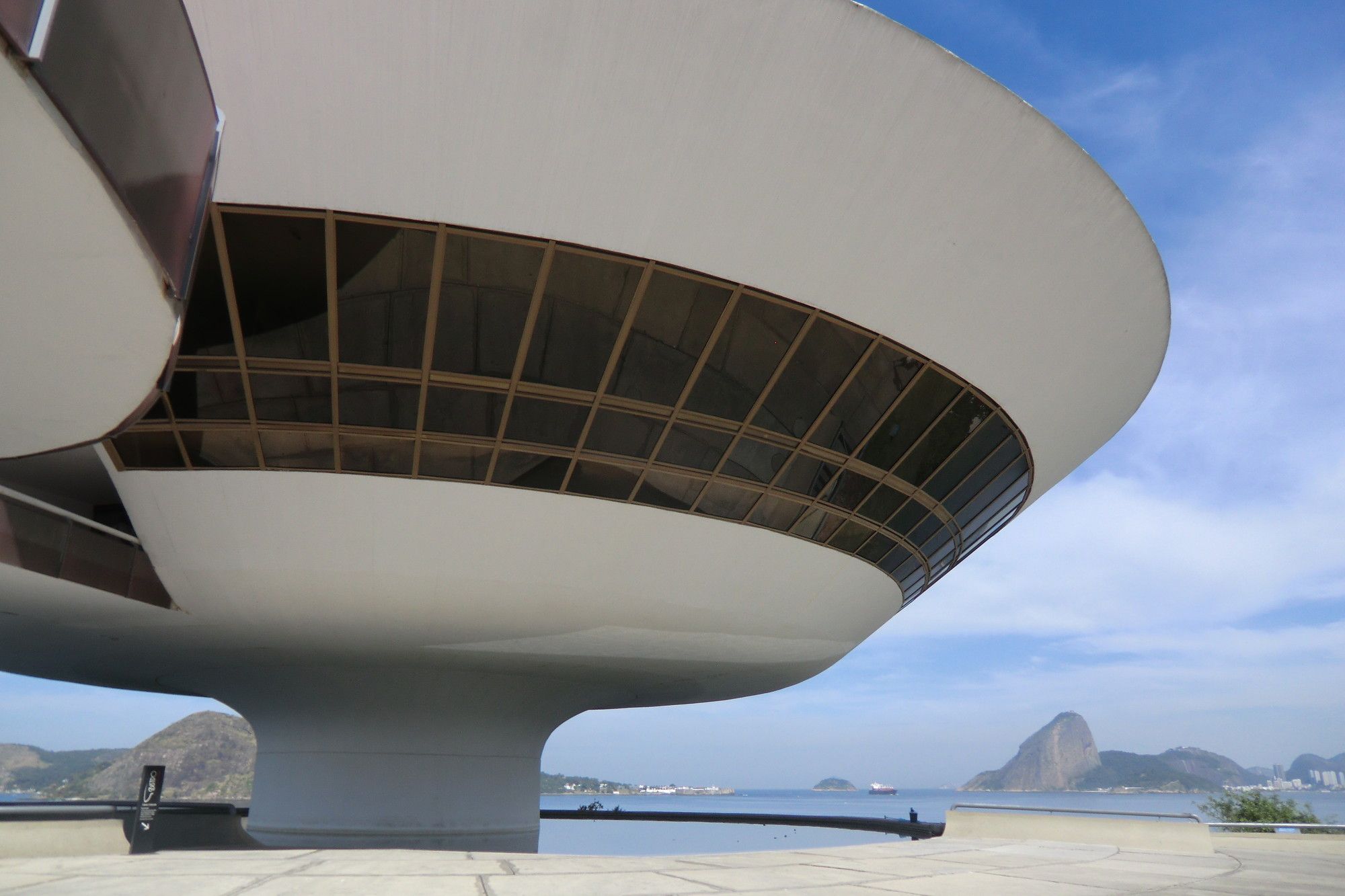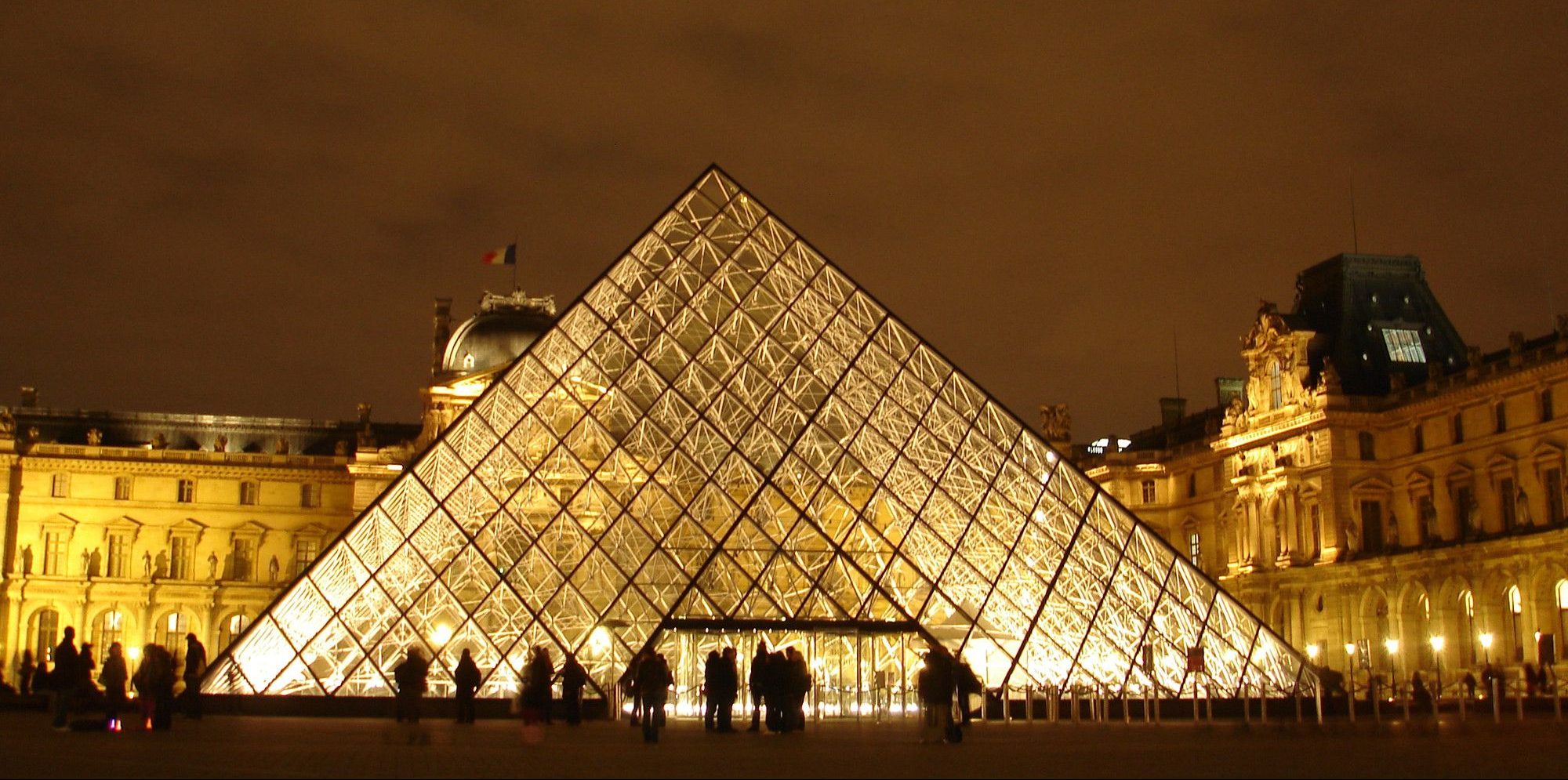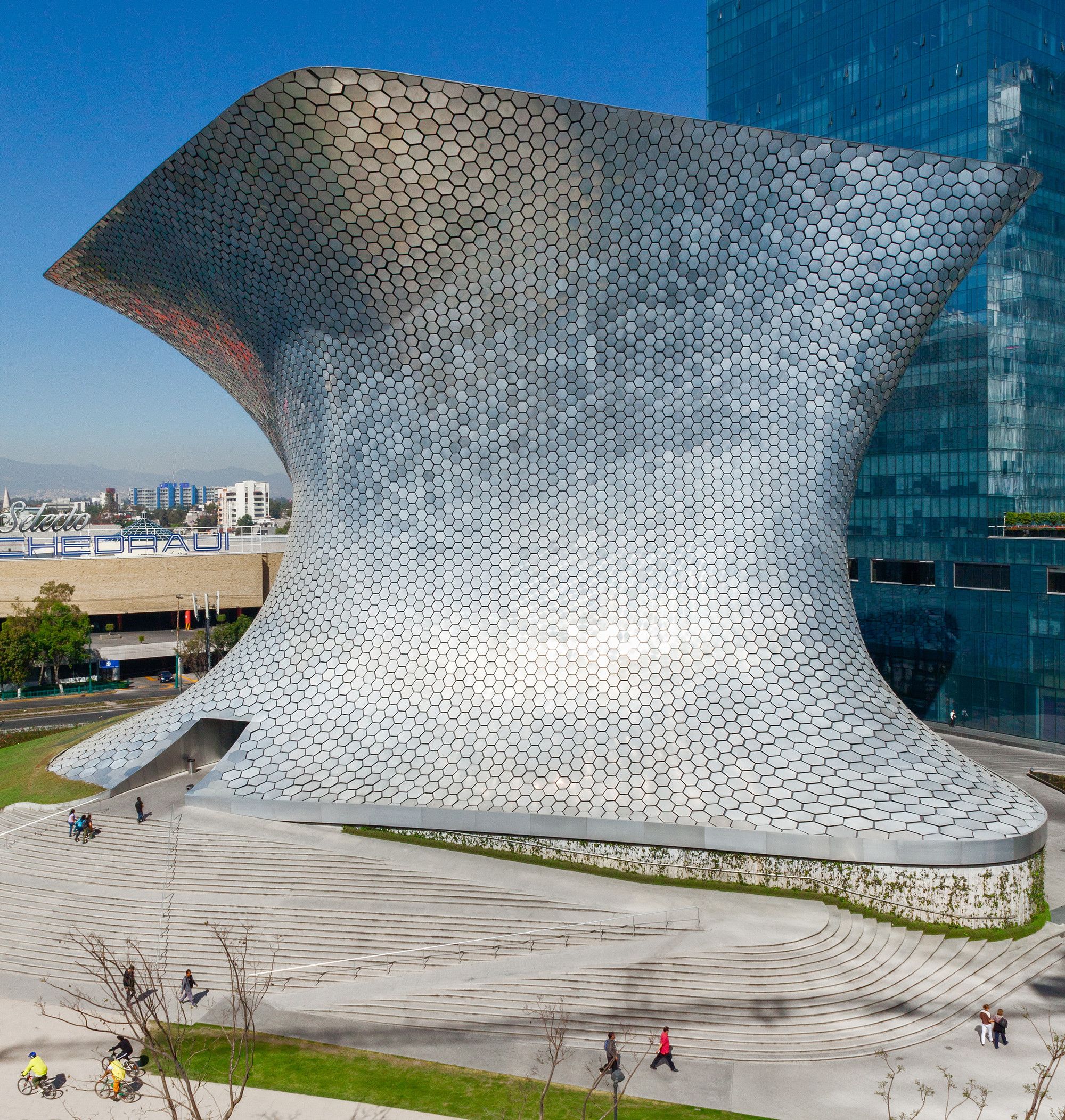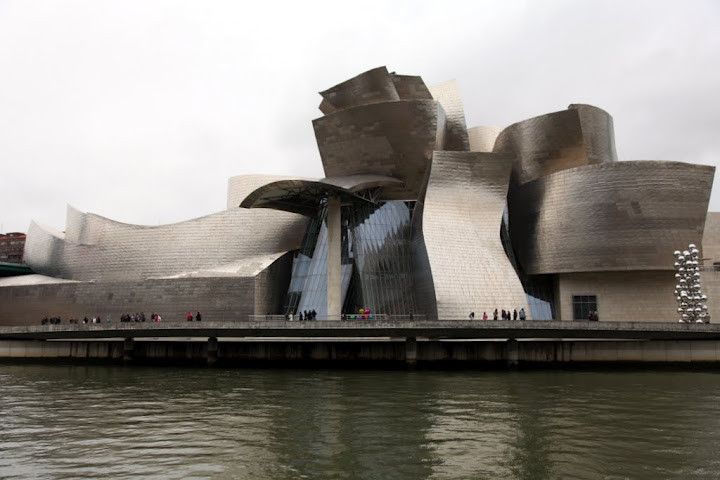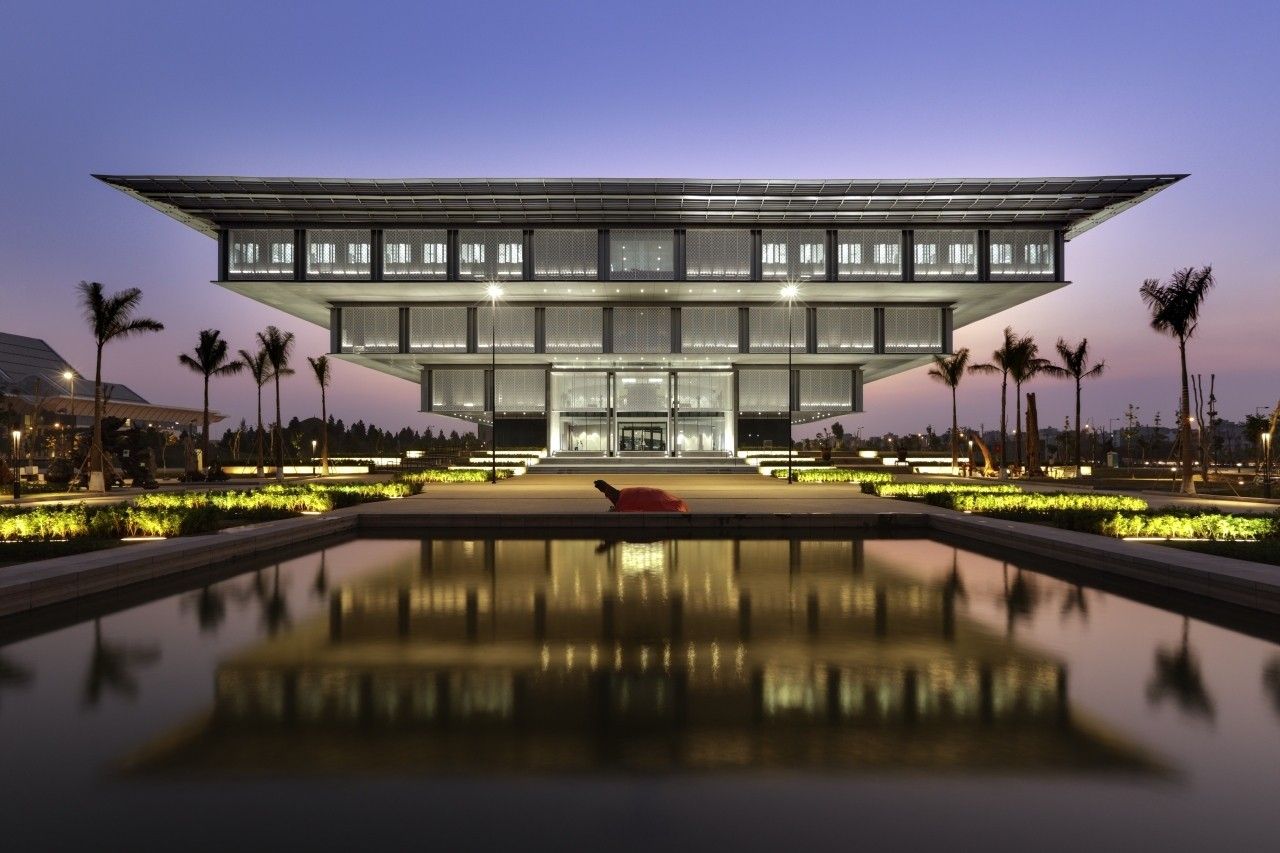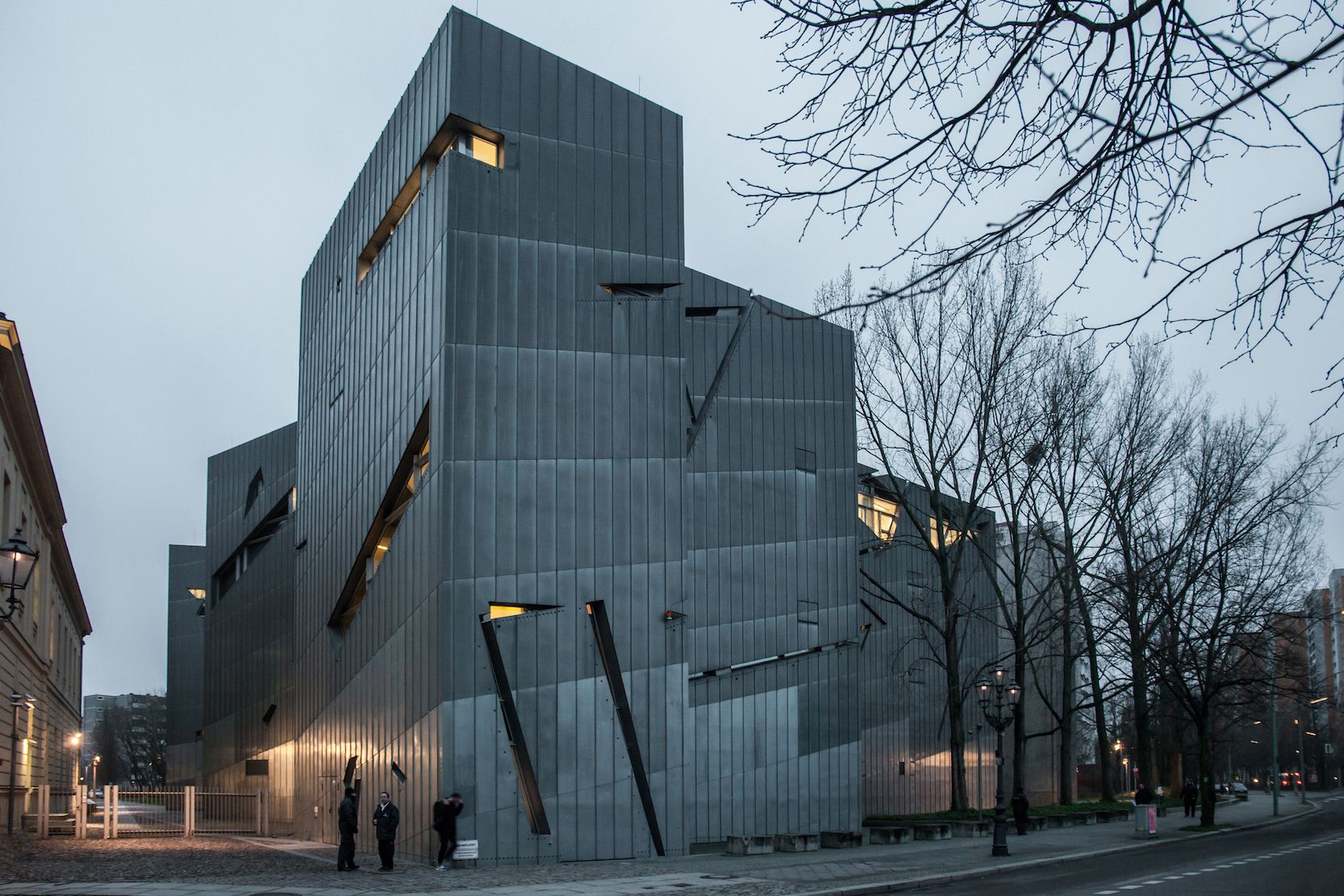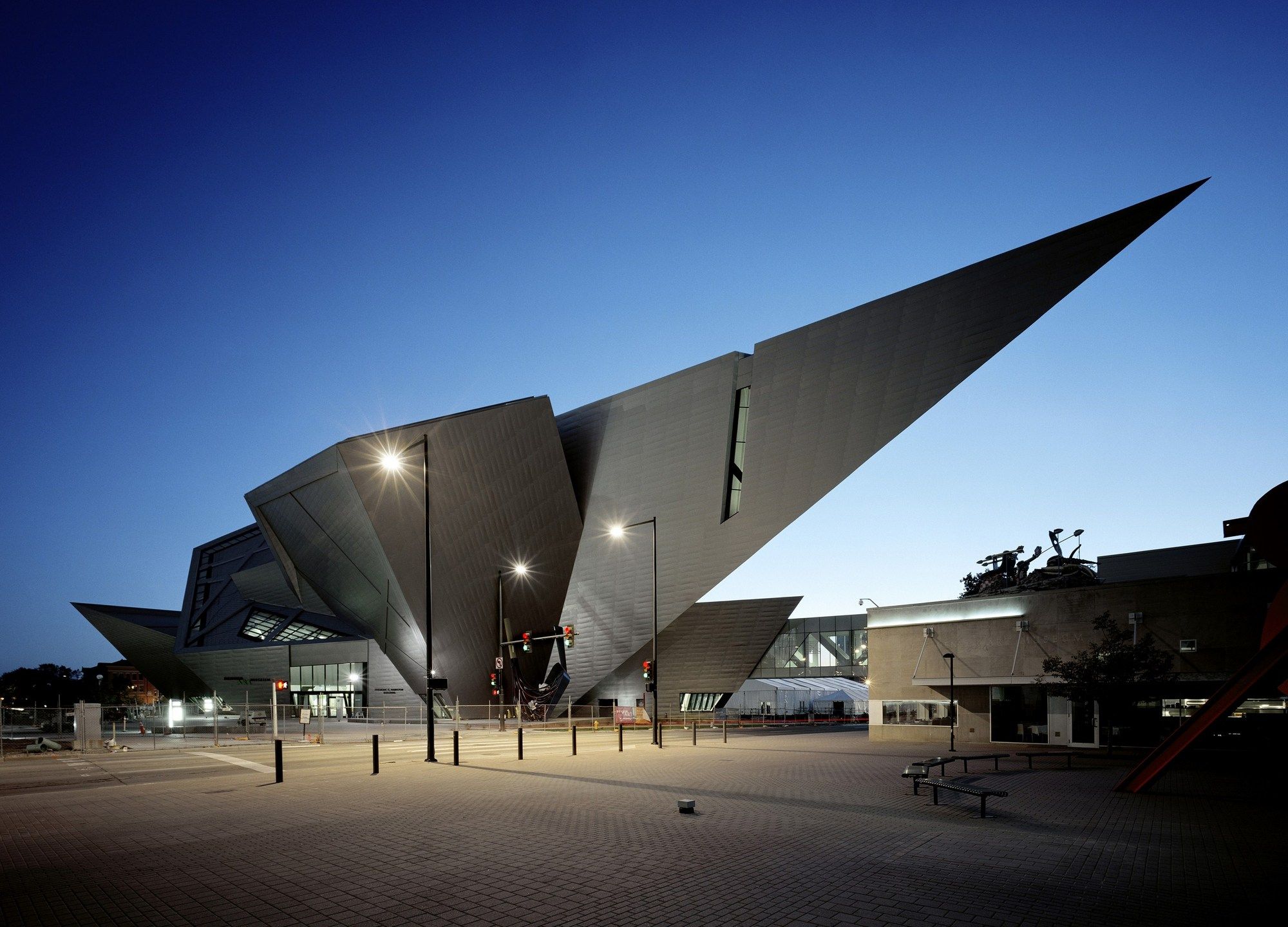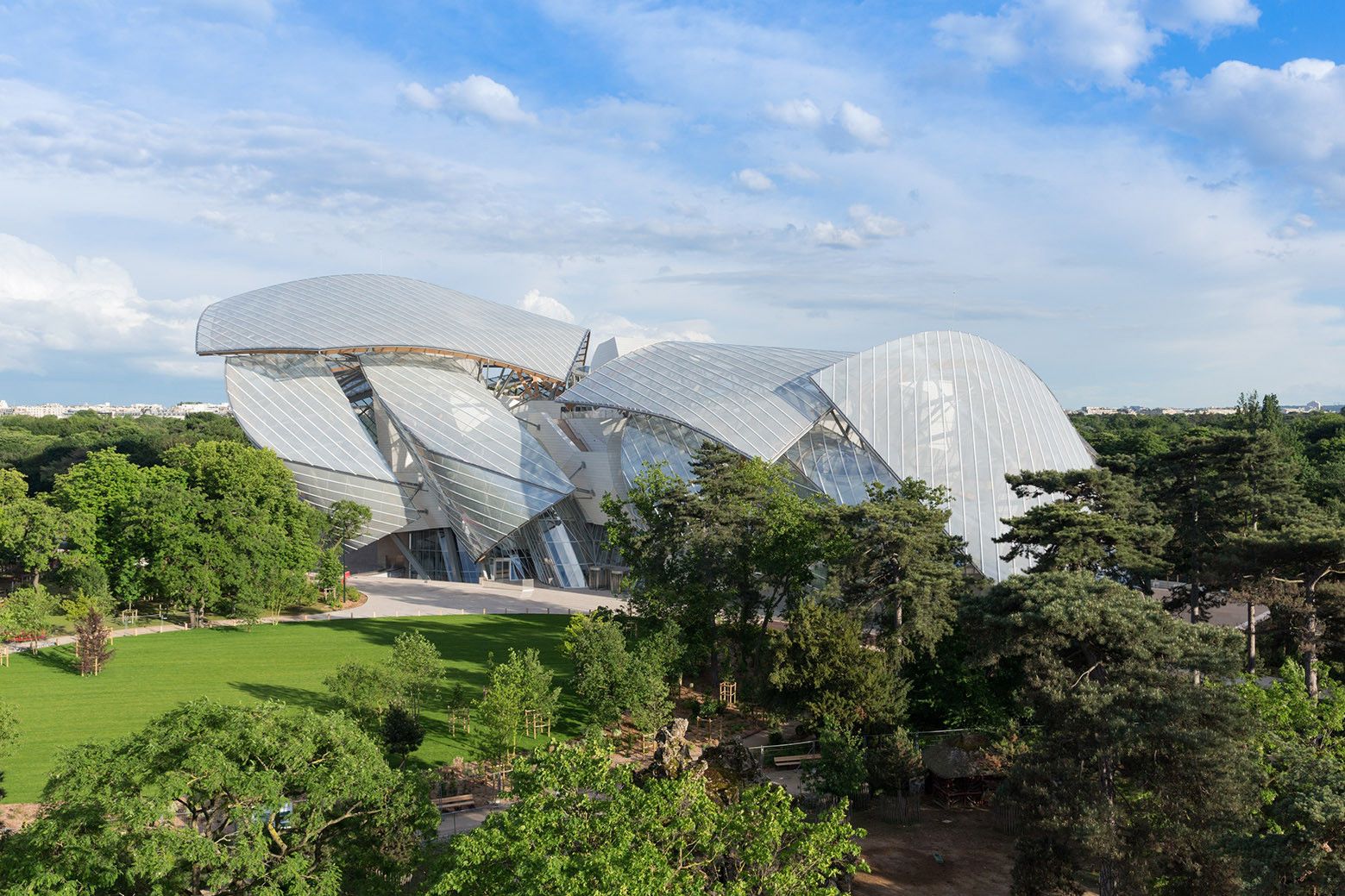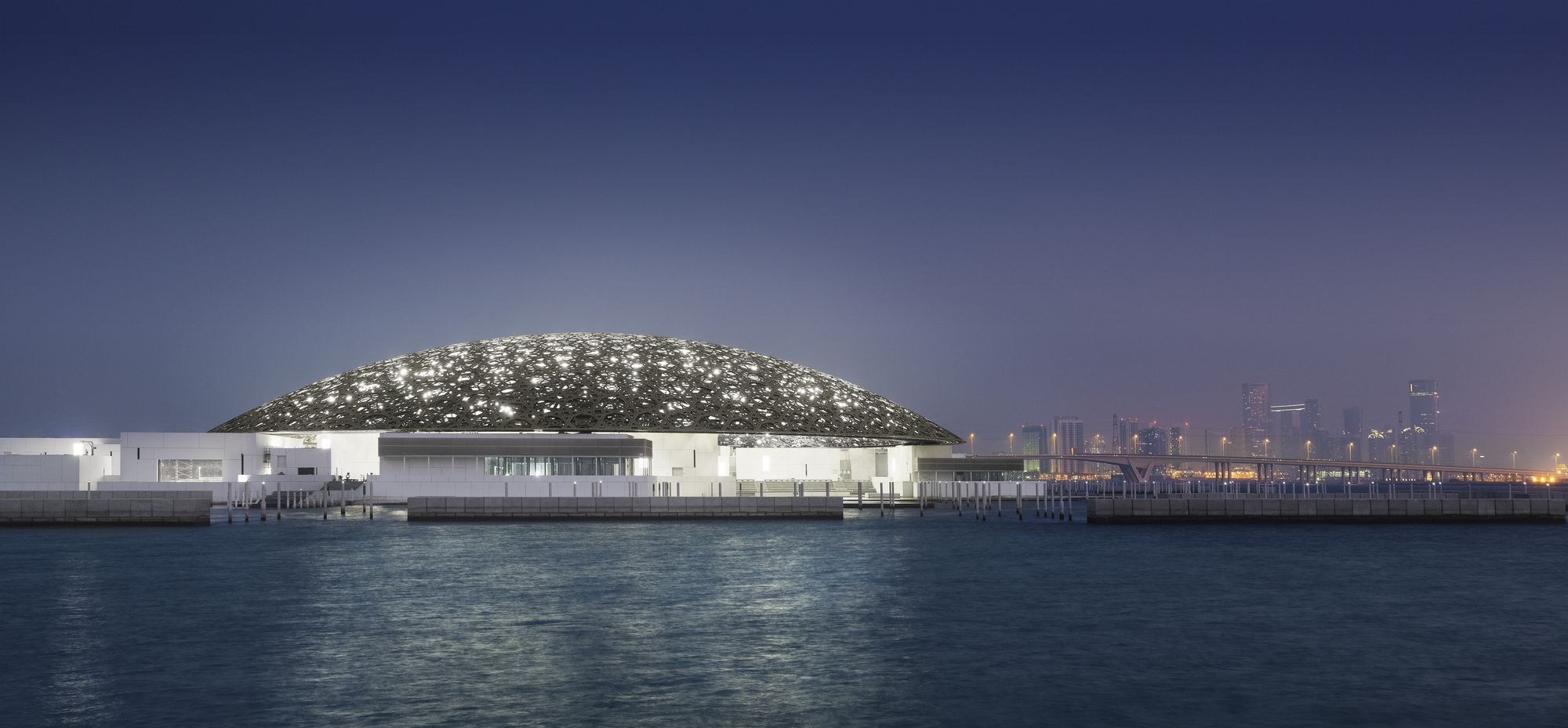The heated competition between art and architecture is crystal clear when we talk about museums. Grand museums are not visited only for the precious content they hold, but also because of the aesthetics of their design that appeal to the public. Designing a museum is a great honor for architects, as it enables them to carve their names in the memories of the generations to come.
If you’re in the US and looking for local landmarks, These 10 Museums in the US Will Take Your Breath Away! Otherwise, in tribute to global great buildings and the value they present, we present you a selection of some of the most mesmerizing museums—spread across the globe.
Read more:
1. Come for the Beautiful Art, Fall In Love With the Modern Art Museum
2. Museo Soumaya | FR-EE Fernando Romero Enterprise
3. Full Story Behind the Dome of Louvre Abu Dhabi
list of 10 Most Beautiful Museums in the World:
1. The Niteroi Contemporary Art Museum (Oscar Niemeyer, Niteroi, Brazil, 1996)
The museum was the result of a collaboration between the prominent Brazilian architect Oscar Niemeyer and structural engineer Bruno Contarini. The art venue, which resides on the outskirts of Rio de Janeiro, has a futuristic design that resembles an alien spaceship. The design represents Niemeyer’s affection for undulating forms. He wished the museum would look like a flower making its way through the rocky lands. The museum is naturally encircled by a reflecting pool, and the entrance is very distinct with its spiraling red ramp.
2. The Louvre Museum (Paris, France, 1793)
The ancient museum offers three 360-degree tours to visit several exhibitions like the Egyptian wing. The Louvre contains 380,000 valuable pieces of human heritage as well as displays 35,000 art pieces. The objects on display vary from paintings, archeological findings, relics, and sculptures. It is the most visited museum around the globe as it receives 15,000 visitors per day.
3. The Museo Soumaya (Fernando Romero, Mexico City, Mexico, 1994)
Funded by Carlos Slim, the 6-floor Museo Soumaya holds various types of art pieces from Europe and Mexico, and its building cost 47 million EUR. The avant-garde design features a shiny structure that brings to mind the sculptures of Auguste Rodin. The exterior is composed of 16,000 polygonal Aluminium panels which are responsible for the twinkling effect.
4. The Guggenheim Bilbao (Frank Gehry, Basque Country, Spain, 1997)
The Guggenheim Bilbao museum overlooks the Nervión River, and it was created from glass, limestone, and Titanium. Its curvaceous design resembles a bunch of flowers growing by the river. The effect which the museum had on the development of its surrounding area was massive. The industrial port city of Bilbao generally witnessed what is known as the “Bilbao Effect”—a term used now to describe the influence of commissioning a “starchitect” to design a world-class cultural facility on revitalizing the economic state of a city.
5. The Hanoi Museum (GMP Architect, Hanoi, Vietnam, 2010)
The museum is an upside-down pyramid that displays the heritage of Hanoi over the last 1000 years. The building has an atrium from which all of the exhibition floors can be entered. The design also offers shade to the bottom floors and augments the efficient use of energy.
6. The Jewish Museum in Berlin (Daniel Libeskind, Berlin, Germany, 2001)
The museum resides at Lindenstrasse in Berlin, and it comprises an old Baroque-style building in addition to a new annex, designed by Daniel Libeskind. The new building’s plan takes the form of a zigzag, featuring sharp angles, dark and narrow paths, interior walls of bare concrete, as well as a titanium-zinc facade with minimal openings. The museum aims to document the history of the Jews of Germany and commemorate the Holocaust.
7. The Museum of Islamic Art in Qatar (I.M.Pei, Doha, Qatar,2008)
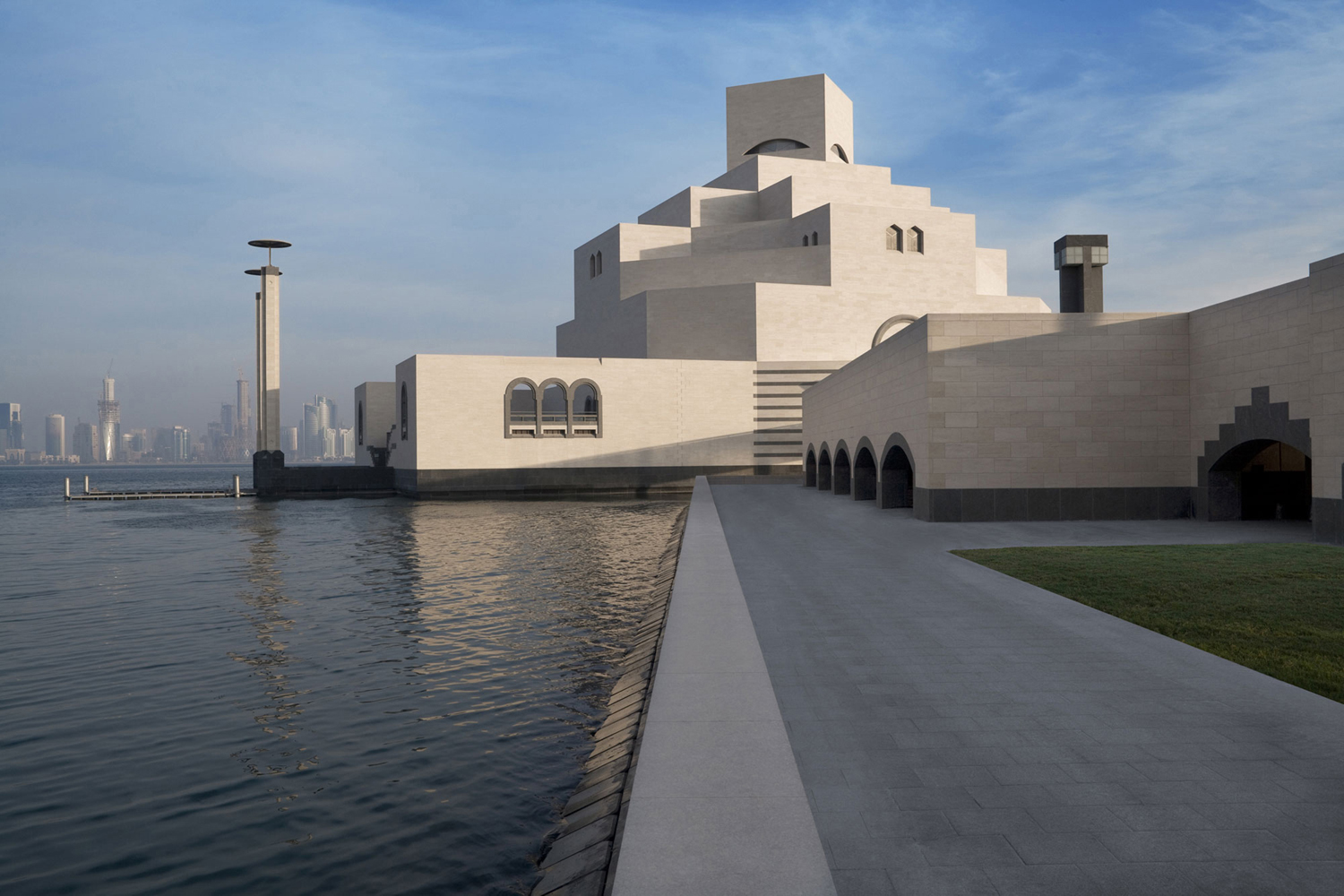
Museum of Islamic Art, Doha, Qatar
The museum, which overlooks the Arabian Gulf, is composed of a 5-floor building that is linked to an education center by a vast courtyard. I.M.Pei’s design was inspired by Islamic architecture, specifically the mosque of Ibn Tulun in Cairo, Egypt. The atrium has a high dome inside the main tower in addition to an oculus that transmits daylight. On the north side of the museum, there is a 45-meter-high window that offers great views of the gulf. The angular features of the building go in keeping with the Islamic Art pieces which the museum displays.
8. Denver Art Museum (Studio Libeskind, Denver, Colorado, USA, 2006)
The Denver Art Museum had an addendum designed by Studio Libeskind as an extension to the 45-year-old main building, designed by Italian modernist Gio Ponti. The annex was necessary to keep up with the development of Denver. The new building now contains collections of Contemporary and Modern Art. Moreover, it houses the Oceanic and African Art collections. The architects worked, hand in hand, with the museum’s head, curators, Board of Trustees, and the contractor. The museum is now one of the iconic buildings in Denver that attract thousands of people every year.
9. The Louis Vuitton Foundation (Frank Gehry, Paris, France,2014)
The $143 million-worth art venue resides at the Bois de Boulogne, west of Paris. It is not only a museum but also a cultural center designed to encourage contemporary art. It is composed of two floors which encompass 11 exhibitions. The cloud-like design was meant to appear as if floating against gravity and to “provoke visual ruptures that reinterpret perspectives.” The museum respects the Grand Palais with its grand glazed features.
10. Louvre-Abu Dhabi (Jean Nouvel, Abu Dhabi, United Arab Emirates)
The Middle-eastern branch of the Louvre had several construction setbacks because of the global financial crisis, but it has been recently opened. Its curvaceous design, by Pritzker Prize-winner Jean Nouvel, features a white façade overlooking the blue waters of the Arabian Gulf. It was inspired by Al Ain, which is an oasis emirate, in addition to the Islamic and Arabic architecture.
The $650 million-worth museum is expected to showcase 300 art pieces from 13 important institutions in France, including the Louvre, Centre Pompidou in Paris, and the Musee d’Orsay. “La Belle Ferroniere” for Leonardo da Vinci, “Saint-Lazare” for Claude Monet, and “Still Life with Magnolia” for Henri Matisse, are a few examples of the key works that the museum will display.


